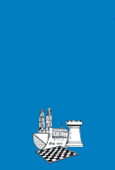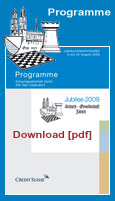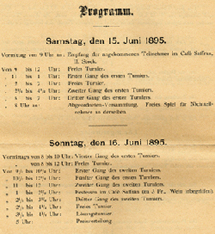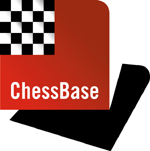 |
 |
 |

|

| ||
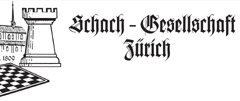 |
Two Great Presidents (1887 - 1922)
|
<< >>
|
|||||||
|
Membership of the club dwindles to just 15 and club life reaches a low. Max Pestalozzi, a gifted and enthusiastic young chess player takes on leadership of the club.
His election as president proves to be one of the biggest strokes of luck in the club's history.
Within three months, member numbers climb back up to 35 and soon reach record levels.
Summer sees the club organize a brief two-round tournament at the Künstlergütli. A total of 26 players - predominantly from Zurich - take part, with Max Pestalozzi and Hermann Enz from the Academic Chess Club emerging victorious. Fall sees the start of the Chess Club's first Winter Tournament.vom Akademischen Schachklub. |
|||||||
| 1888 | German master Emil Schallopp gives a simultaneous exhibition on 13 boards. | ||||||
| 1889 | The Schachgesellschaft organizes a two-day chess tournament, similar to the earlier East Switzerland Tournaments. Hosted at the «Pfauen,» this tournament goes down in history as the First Swiss Chess Championship. A spontaneous decision is made to found the Swiss Chess Federation (SSV). | ||||||
| 1893 | The Club starts up a chess column in the «Neue Zürcher Zeitung.» | ||||||
|
|||||||
| 1901 |
Max Pestalozzi leaves Zurich to take up a post within the Railroad department in Berne. The Club bestows a much-deserved honorary membership on their leader.
Pestalozzi is succeeded by Reverend Eduard Thomann, who guides the club through a number of difficult years with a great deal of skill and personal warmth over the next 21 years.
Two women grace the members' list for the first time. |
||||||
| 1903 | The Schachgesellschaft hosts the 13th Swiss Chess Championship. Around a hundred people flock to the Tonhalle to take part in the competition, with ETH (Swiss Federal Institute of Technology) student Ernst Müller taking first place. | ||||||
| 1904 | City matches, somewhat neglected amid the excitement of the nationwide tournaments, are resumed. The Zurich and Basle clubs go head to head in Brugg, with the latter prevailing. | ||||||
| 1905 | Eighteen-year-old Aaron Nimzowitsch comes to Zurich as a student and shakes up the chess scene, both with his strong game and his vocal outbursts. | ||||||
| 1909 |
The Chess Club celebrates its hundredth anniversary by organizing the 19th Swiss Chess Championship at the Meisen Guild House along with a lavish ceremony at the üetliberg mountain.
A commemorative medal and the jubilee publication by Dr. Eugen Meyer pay tribute to this special occasion.
Membership of the Chess Club increases to 103, making it by far the largest club in Switzerland, ahead of Berne (67), Davos (61), Geneva (61), and Basle (60). |
||||||
| 1912 |
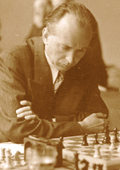 The first club competition to be recorded in detail takes place between Basle and Zurich. It ends in a 16:16 draw. Dr. Oskar Naegeli and Hans Johner record two draws
each against brothers Moriz and Walter Henneberger on the top boards.
The first club competition to be recorded in detail takes place between Basle and Zurich. It ends in a 16:16 draw. Dr. Oskar Naegeli and Hans Johner record two draws
each against brothers Moriz and Walter Henneberger on the top boards.Hans Johner( (Image.) |
||||||
| 1916 | Zurich welcomes Dr. Emanuel Lasker. The World Champion wins 18 out of 25 simultaneous games, but concedes defeat to Walter Henneberger, Walter Preiswerk, and Hermann Bühler. | ||||||
| 1918 | Zurich organizes a regional tournament to coincide with a meeting of the SSV delegates (the national Championships having been suspended between 1914 and 1920 as a result of the war). | ||||||
| 1919 | Lasker gives another simultaneous exhibition, winning 22 of 25 games. | ||||||
| 1921 |
Grandmasters Alekhine, Réti, Spielmann, and Teichmann give exhibitions at the Chess Club. After 5 years in Zurich, Teichmann returns to his home country. |
||||||
|
<< >>
|
|||||||
